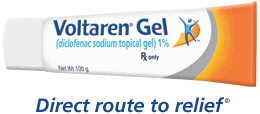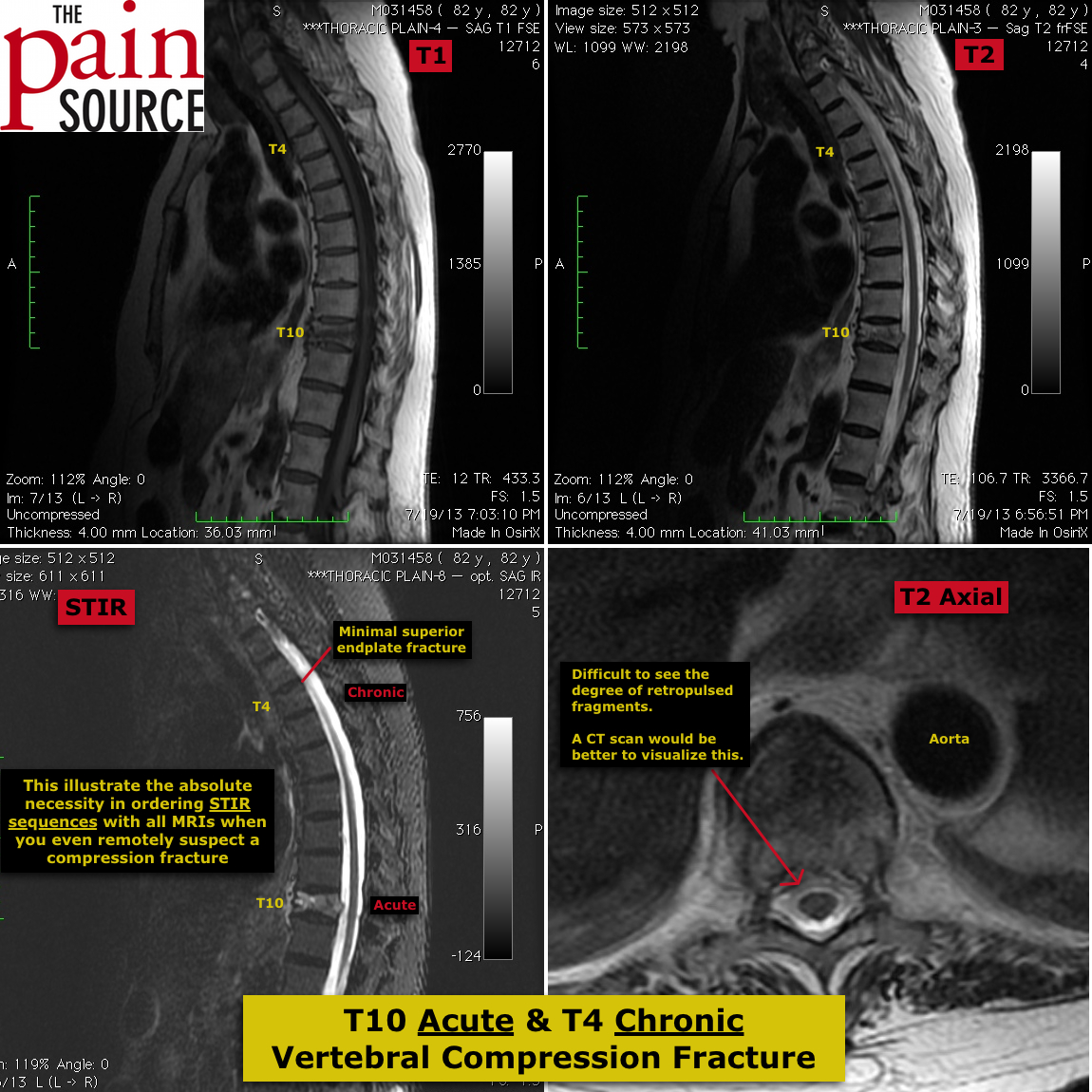The following information is NOT meant to be used to treat yourself or patients
- Generic name = Diclofenac

- Trade name = Voltaren, Voltaren-XR, Voltaren gel, Arthrotec, Flector patch
- Class = anti-inflammatory
- MOA
- Blocks cyclooxygenase (COX-1 & COX-2) and thus production of prostaglandins
- Advantages
- Relatively inexpensive as generic
- Comes in multiple formulations (pills, gel, patch)
- Dosing
- 25, 50, 75-mg tablets
- 100-mg extended release tablet
- 25-mg capsule
- 1% and 3% gel (Voltaren Gel)
- Apply 2-grams (upper extremities) or 4-grams (lower extremities) to painful joint QID [no more than 8 or 16-gram/day to any single joint respectively]
- How to measure and apply the gel
- 1.5% topical solution
- 180-mg patch (Flector patch)
- One patch BID to most painful area (click here)
- Note:
- COX-1 normally produces prostaglandins that are gastroprotective. Thus, blocking it can lead to gastric ulcers/bleeds
- Arthrotec is a combination with misoprostol (to protect the stomach)
- Take with food or 8-oz of water
- May increase risk of cardiovascular thrombotic events, MI, and stroke
- Avoid in patients with cardiac history
- The flector patch and topical formulations are great as alternatives for these patients
- Flector patch– good for areas where local inflammatory relief is needed, but in patients who can’t take systemic NSAIDs
- medium and large joints (examples: shoulder, sacroiliac, knee, ankle, elbow)
- superficial painful tendons (examples: biceps tendon, DeQuervain’s, achilles)
- Arthrotec gel
- good for superficial, small joints and other small areas (ex: finger joints, tendonitis at wrist)
- Absolute contraindication: ASA allergy
- COX-1 normally produces prostaglandins that are gastroprotective. Thus, blocking it can lead to gastric ulcers/bleeds
















